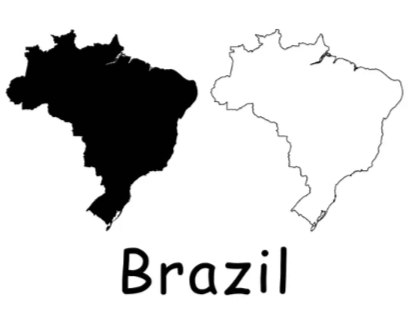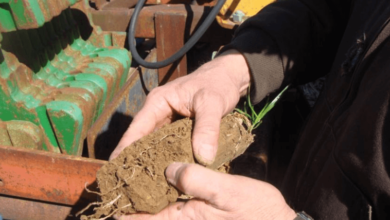Outline:0zmbk6lthmu= Brazil Map

Outline:0zmbk6lthmu= Brazil Map is more than a simple geographical representation; it is an essential tool for navigating the complexities of the nation’s diverse landscapes and cultures. By examining its key features, one can appreciate how the map not only delineates major urban centers and transportation routes but also encapsulates Brazil’s rich natural resources and climatic variations. Understanding these elements is crucial for anyone engaged in strategic planning or cultural exploration. As we consider these aspects, the question arises: how do these geographical insights translate into practical applications in various fields?
Importance of a Reliable Map
A reliable map is essential for effective navigation and strategic planning, as it provides accurate geographical information that supports informed decision-making in various contexts such as travel, urban development, and resource management.
High map accuracy enhances the effectiveness of navigation tools, facilitating smoother journeys and optimizing resource allocation.
Consequently, the reliability of maps significantly impacts individuals’ freedom to explore and engage with their environments.
Key Features of the Brazil Map
The Brazil map is characterized by several key features that enhance its utility for navigation and geographical analysis, including precise topographical details, major transportation routes, urban centers, and natural landmarks that collectively facilitate a comprehensive understanding of the country’s diverse landscape.
Additionally, it delineates regional divisions, allowing for an organized perspective on Brazil’s varied climatic zones and cultural regions, thereby supporting informed decision-making.
Read Also Cute:0f-Xgvpvxi4= Crochet

Exploring Brazil’s Geography and Culture
Brazil’s vast geography influences its rich cultural tapestry, characterized by a blend of indigenous, African, and European influences that shape its diverse traditions and social practices.
This interplay fosters cultural diversity, as geographical regions cultivate unique customs and regional traditions.
From the rhythms of samba in the southeast to the vibrant festivals of the north, each area contributes distinctively to Brazil’s cultural identity.
Conclusion
In conclusion, tOutline:0zmbk6lthmu= Brazil Map stands as an indispensable instrument for insightful exploration and strategic study.
Its intricate illustrations illuminate the interplay of geography and culture, showcasing significant sites and scenic landscapes.
Through detailed depictions of diverse regions and routes, the map facilitates informed navigation and fosters a deeper understanding of Brazil’s multifaceted identity.
Ultimately, this vital visual resource serves as a bridge connecting the rich heritage and vibrant communities that characterize this captivating country.





